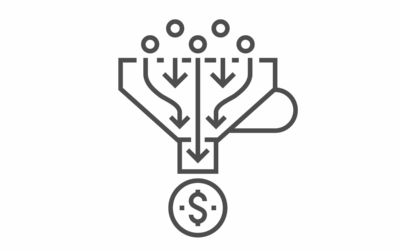Remote work brought its expected challenges – collaboration through chat channels, online presentations, Zoom etiquette – but more surprising is its effect on productivity. A survey conducted by Mercer, an HR and workplace benefits consulting firm, found that in over 800 employers interviewed, 94% reported their productivity levels as the same or higher with staff now fully working from home. Without daily commutes and lengthy in-office meetings, many employees are finding they can accomplish more day-to-day. The historical perception held by many employers – that staff must be watched to be working – might finally be a thing of the past.
There is no doubt that remote work also faces its drawbacks. There are some parts of the office experience, like company culture activities, collaborative brainstorming, or high-level technical training that can’t be fully replicated remotely.
So where do we find the happy medium? How can employees maintain some degree of flexibility in their schedules, while still maintaining those in-person elements that make every company unique? The answer is the hybrid work model.
Trevelino/Keller has made the decision that, from the safe re-opening of the office forward, employees will have the option to balance their schedule on a 60-40 system: 60% of the time in the office and 40% remote. This hybrid system will allow staff to coordinate within teams to structure their own schedules while preserving days for the vital in-person collaboration necessary for an agency to perform at the highest level.
The hybrid model is becoming more and more common as companies look towards a return to the office. Many employees are still juggling things like childcare, at-home learning, travel, and health concerns as the pandemic continues, and struggle with the potential of an inflexible work environment. After a year and a half of adjusting to working from home, many remote workers nationwide are even seeking positions elsewhere if their company promises no flexibility moving forward. A Morning Consult survey puts the percentage of employees who would consider quitting before returning to the office full-time as high as 40%.
At T/K, prioritizing the autonomy of our employees, while trusting they will manage their time and workload, is paramount to our success as an agency. Despite a year of uncertainty and adapting to a fully remote workplace, 2020 marked one of our best years to date. We know our team can perform in any environment without sacrificing productivity. Moving forward, we are confident that providing the extra flexibility of the hybrid work model is an important step towards this brave new world.


